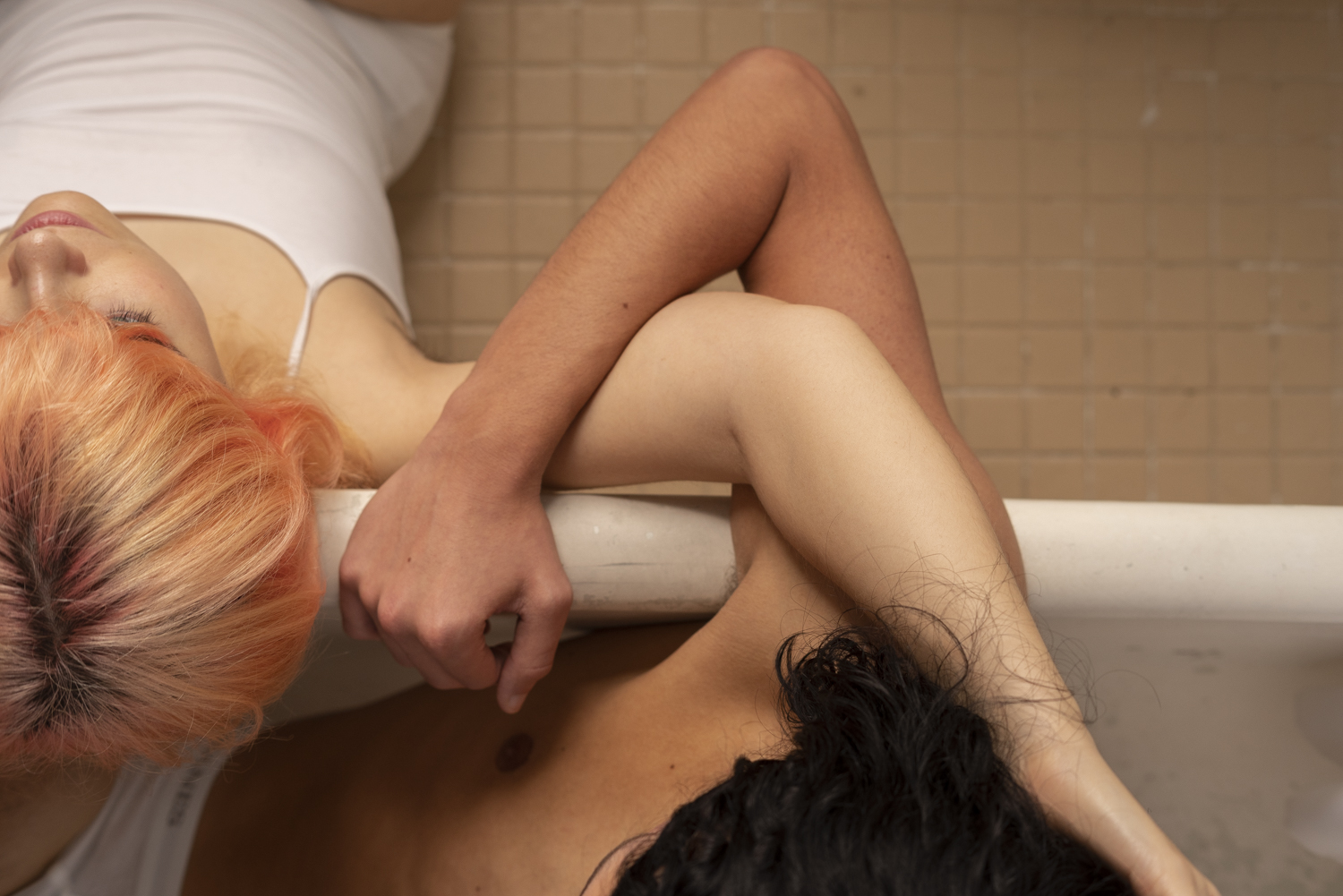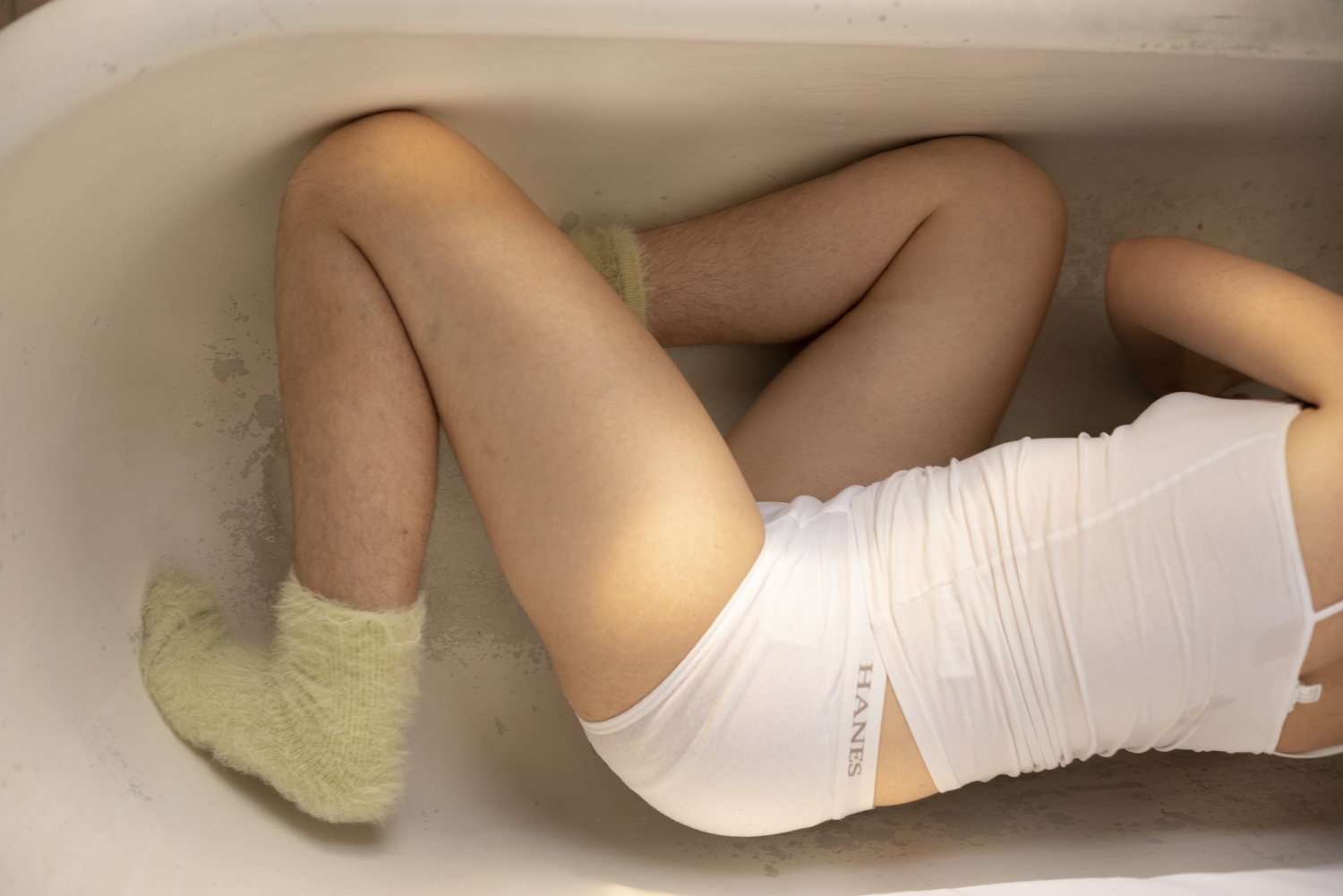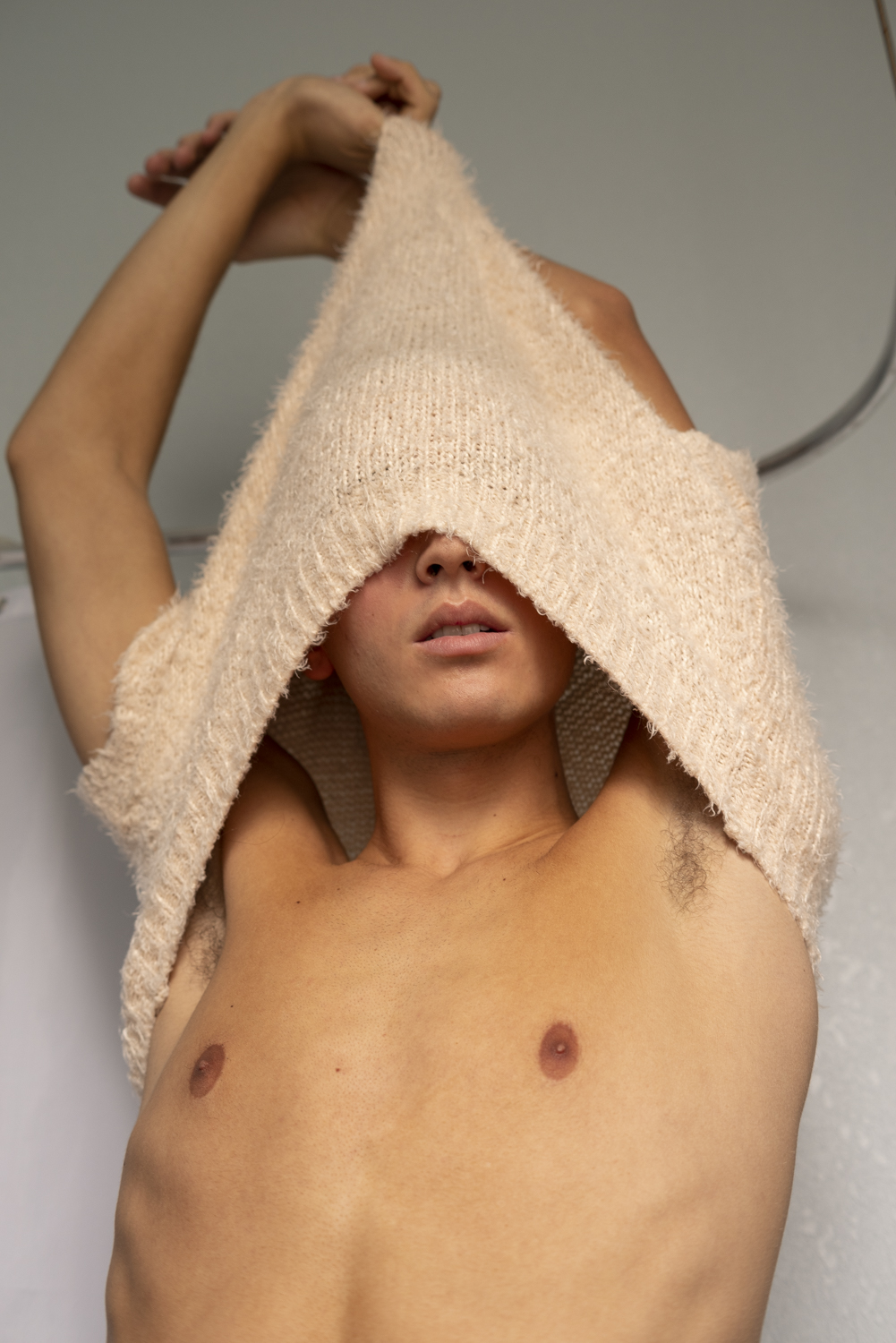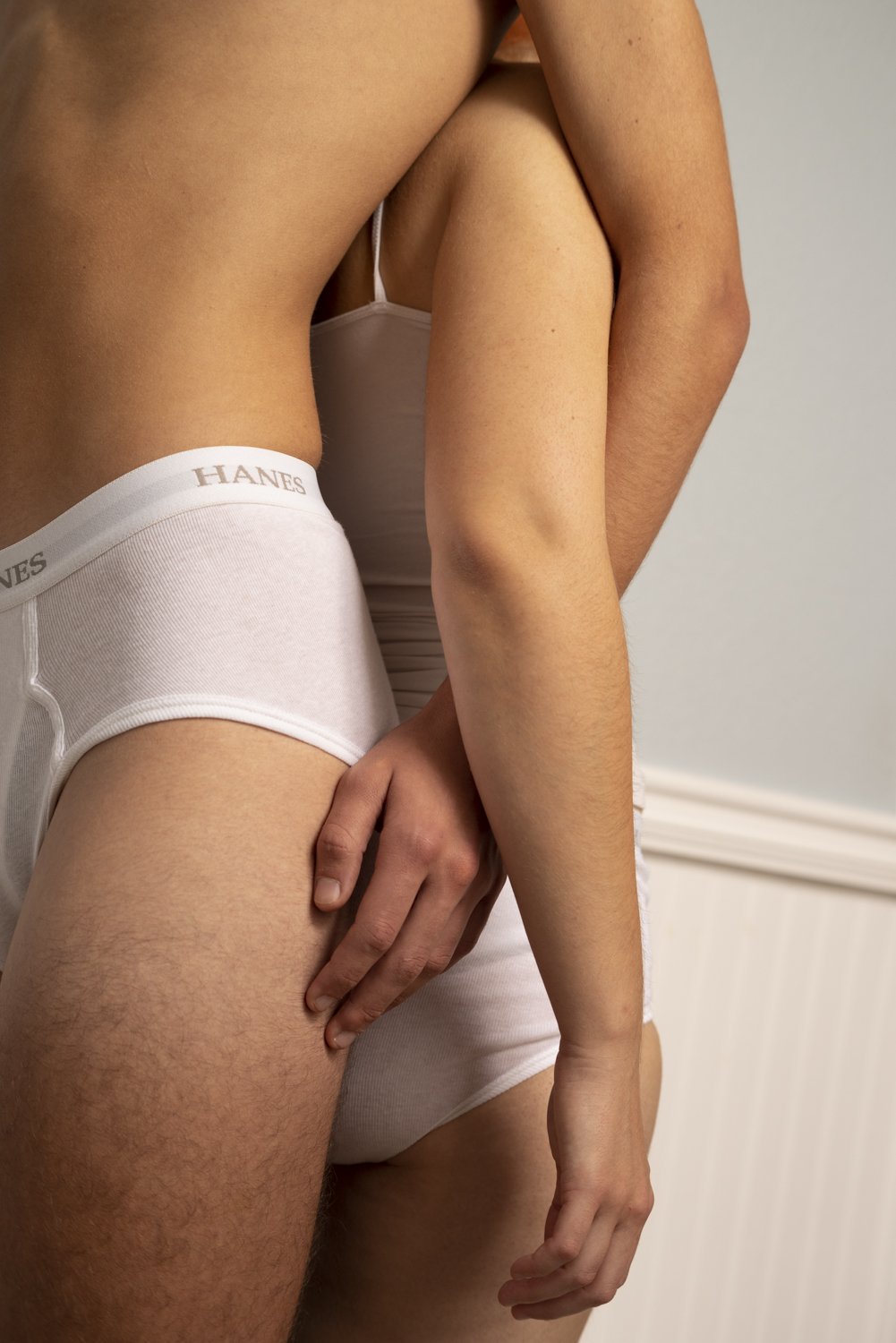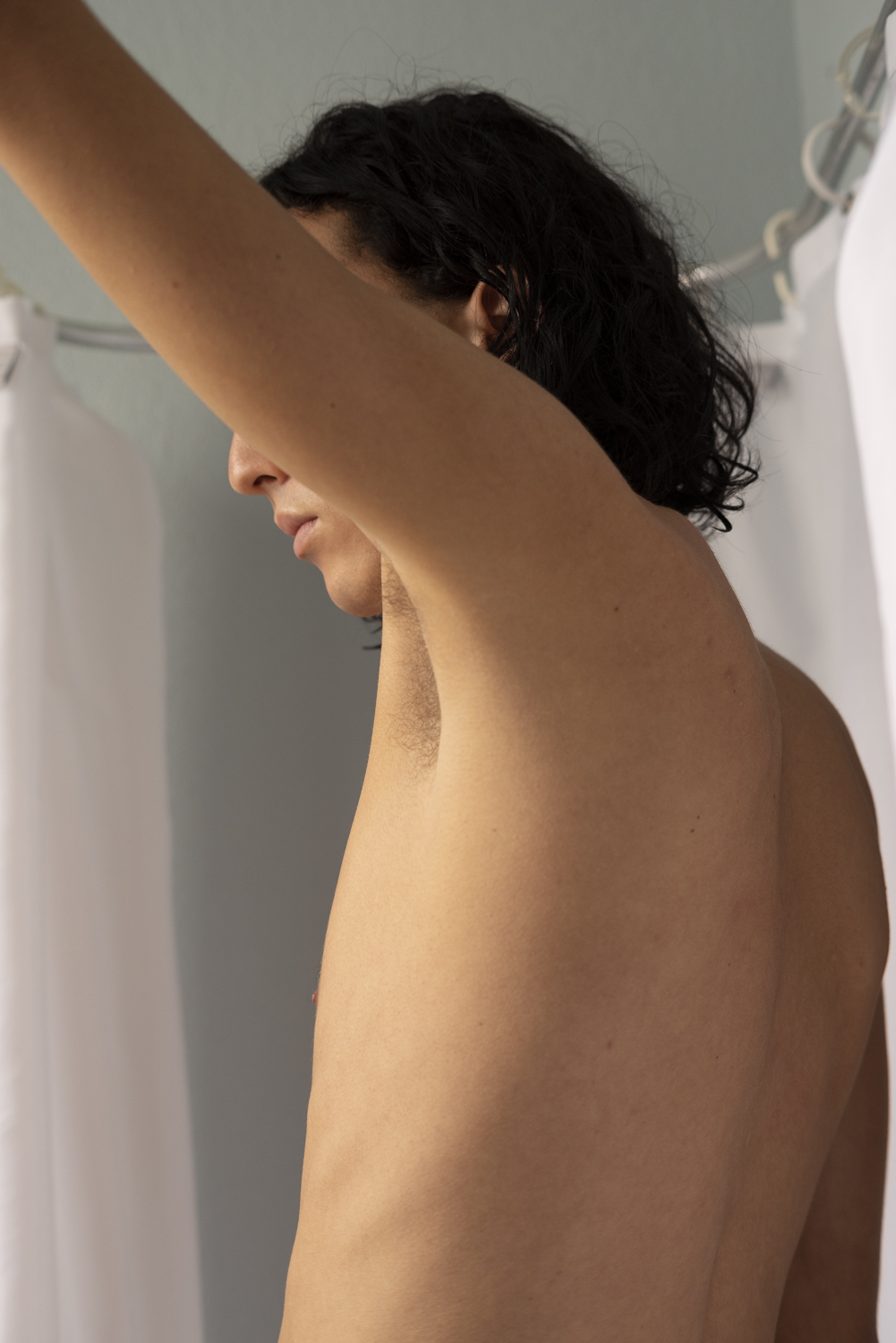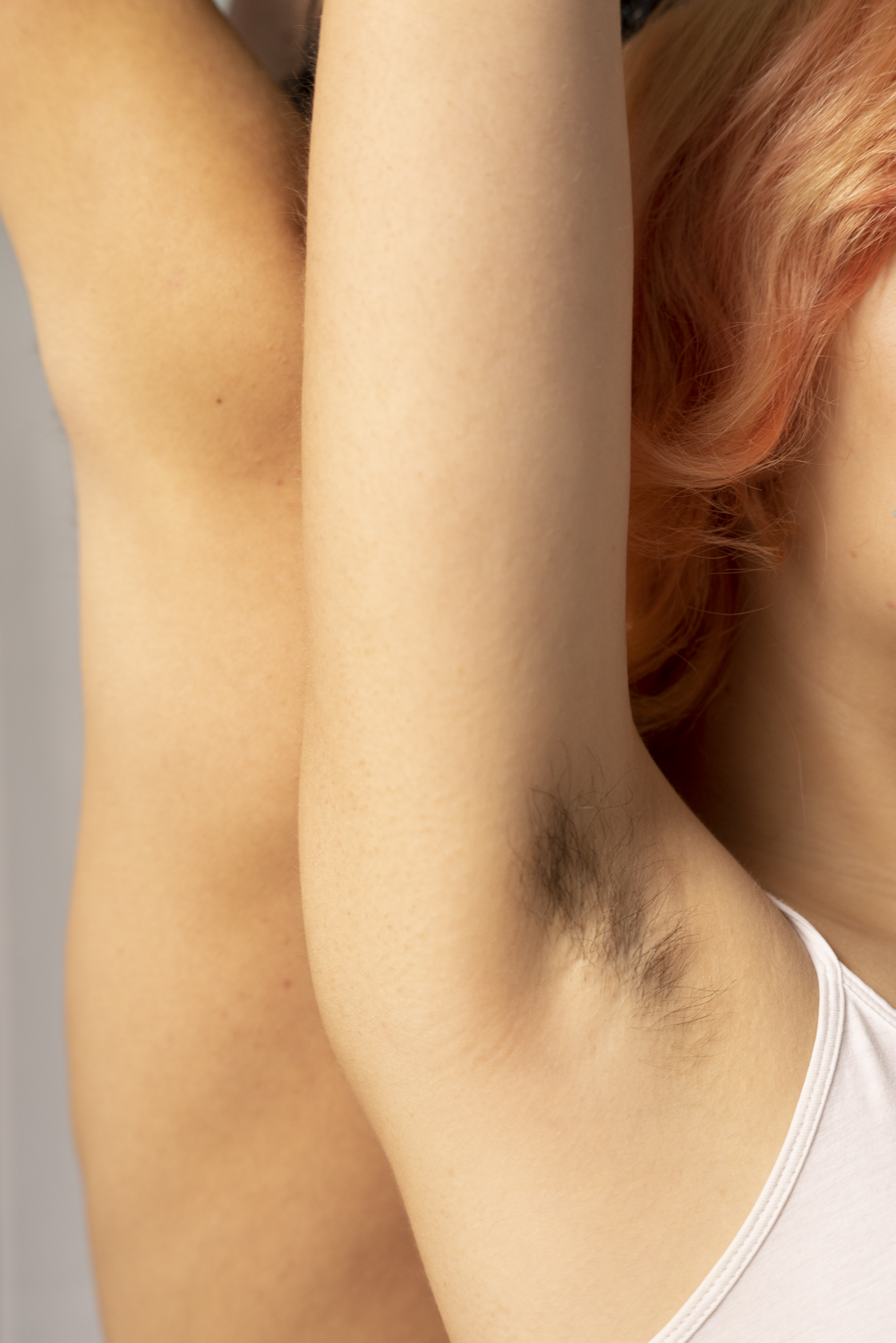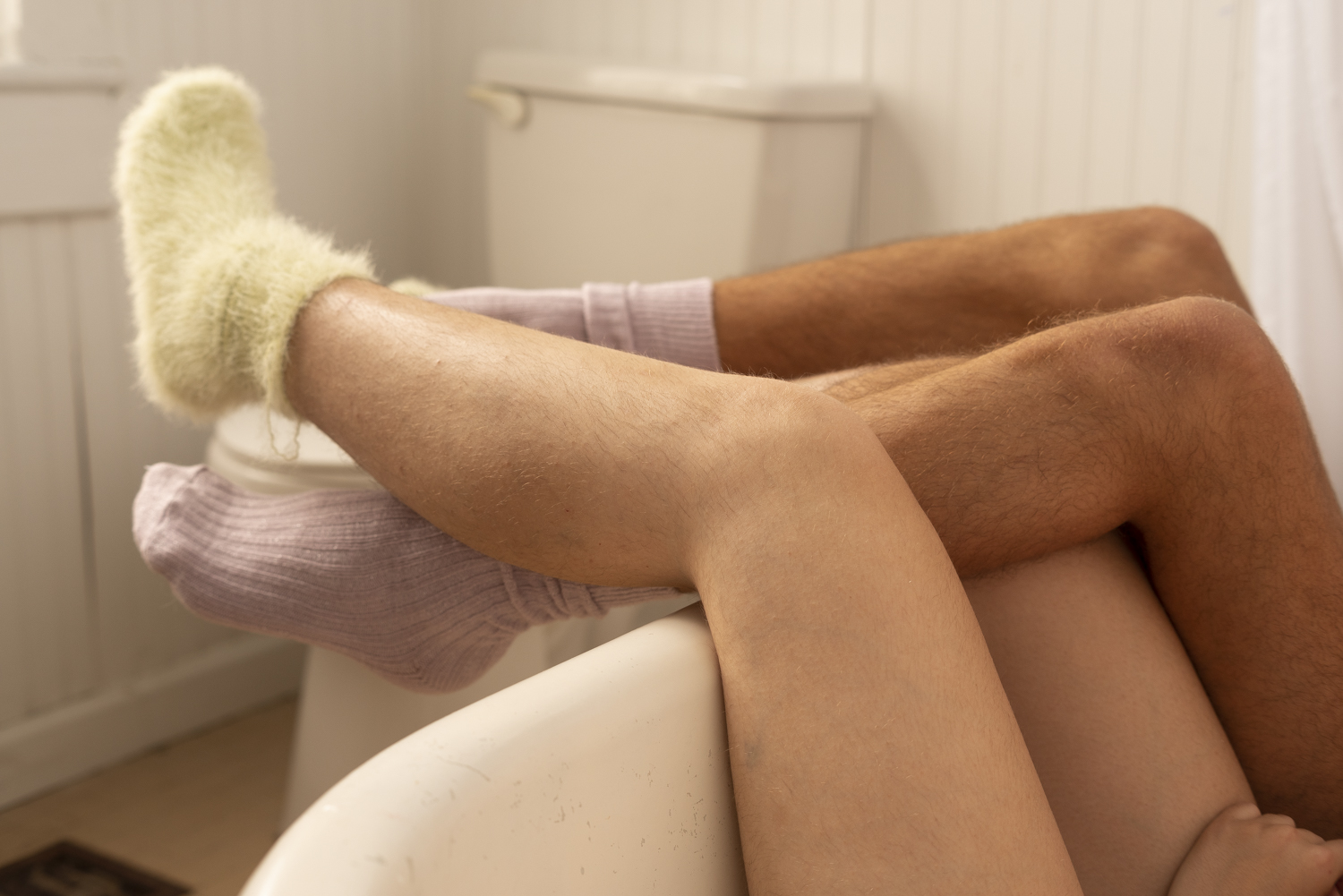The stigma surrounding body hair is one as old as civilization itself. Whether it be Egyptian woman of status removing their head and pubic hair, women in Renaissance paintings constantly being portrayed as hairless beauties or Elizabethan woman shaving off their brows and plucking back their hairline to look more exotic— the standard to groom our natural growth is one that hasn’t ceased.
Until today.
Within the past decade, the laws of body hair have been challenged and broken by a small, but growing, percent of the population. Both women and men alike are stepping forward and refusing to conform to a norm that has been in place for thousands of years. While this group isn’t the first to make waves when it comes to the standard of body hair, and surely won’t be the last, they are doing something that has changed the course of the conversation permanently. Body hair and the discussion surrounding personal grooming has seeped into mainstream media, making it less of a taboo subject and more of a stimulant for progressive discussion.
Grooming decisions that go against the grain tend to make onlookers uncomfortable. On one hand, it’s understandable because the regime of body hair is tightly controlled: women shouldn’t have leg or armpit hair, the eyebrow and upper lip must be plucked to perfection and any pubic hair has to be tamed. On the other hand, men are subject to a completely different set of regulations: shaved legs and under-arms could be seen as emasculating, regular grooming may be recommended for the beard and mustache but eyebrows often remain untouched and mere conversation of grooming their pubic hair seems unorthodox.
Why are there such strict conventions in how society thinks gender affects body hair, and why do those conventions differ so greatly between men and women? The gender binary is no secret; neither are the double standards that go along with it. Body hair is one of them. With the double standard so deeply ingrained into the fabric of society —to the point where many people are unaware of its reach — it can be difficult to imagine an equal world, making it even more arduous to work towards one.
There are already those who are doing more than just imaging an equal world by working towards it. To mass media, it may seem that their work within the body hair movement is one of self-expression. Less open-minded opinions even say it’s just a form of rebellion from social norms. Both are correct, but neither is exclusive. Man Repeller’s interview of four women who choose to grow out their body hair sheds light on the reality behind growing out body hair as a woman. Their reasons for growth range from self-expression, a boost in confidence, to absolute indifference, but most of the women say their journey hasn’t been one without doubt and discomfort.
To circle back to the double standard embedded within the stigma towards body hair, it is vital to remember that no movement is one-sided. Multiple sources paralleled the content of the Man Repeller interview, but they were all female-centric. There is little to no conversation surrounding men’s body hair that falls out of the conventional ideal. “Manscaping” isn’t a new or revolutionary concept, and yet all of the noise in regards to it is a monologue rather than dialog. No one is asking how body hair makes men feel, but instead just telling them how to properly groom it. And for those who just want to be left alone and go au natural, they’re left to their own devices.
The body hair movement is one of great importance because it’s about more than freedom over one’s body, it’s also about equality. It may seem too small, possibly even too trivial, a movement to laden with such a hefty principle, but with its exposure and current movement towards tolerance, its acceptance will provide forthcoming generations with the fuel necessary to make significant changes. It’s imperative that the progress being made within the campaign isn’t chalked up to a simple social trend that will run its course for a couple years and then return to the imbalance in place today. Demands need to be made and actions need to be taken towards achieving gender equality, in society and personal grooming.
Written by Hana Lorne
Artistic Direction and Styling by Kat Sours
Photos by Coco Hubbeling
Modeled by Jack Vasconcelos and Caroline Ramsey


